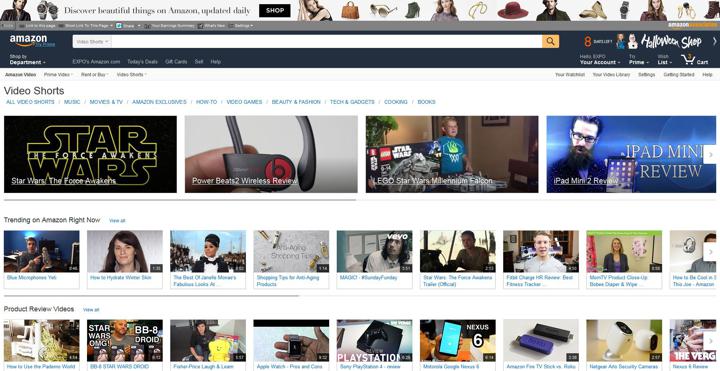Opinions are flying over YouTube’s recent announcement to hide videos of creators who don’t sign its Red Subscription Deal.
There are many different types of creators leveraging YouTube as a platform to host, stream, distribute and monetize their content. It is important to not generalize the experience and look at it from both the creator and the YouTube viewer’s perspective to really get to the heart of the issue… if it even is an issue. As stated, there are many reasons for why creators leverage YouTube. Two jump out as the main user types that are supposedly getting a raw deal by the ‘do no evil’ company. Let’s take a look.
Entertainers

These creators are looking to be discovered. Whether it is episodic content or short vignettes, entertainers are primarily on YouTube to work on their craft. Comedians, magicians, aspiring actors, etc. They are producers in the traditional sense and are putting a lot of time into the scripting, filming and editing of their content. The art of storytelling is complex and timely. And just like those film-makers and producers working with networks or studios, there is an end goal. To create content that a lot of people will see and make (lots of!) money.
This is not too dissimilar to how many broadcast and cable networks are taking to apps as a way to augment revenue streams for the droves of consumers cutting ties with their cable carries in search of cheaper, ad free content. It’s a choice and as long as the economics align for everyone, there is no loser. In fact, the $9.99/month price tag for Red is pretty similar to that of HBO Go, Netflix and many others.
Vloggers & Experts

These creators have an expertise or passion in an area and believe that the content they create provides a service for consumers and an opportunity to generate some incremental revenue. The win here isn’t landing a TV show, but rather building up a large, loyal subscriber base and monetizing the content both from YouTube revenue streams and other means such as affiliate programs where the content creator receive a bounty for driving traffic to retailer websites and subsequent purchases are made.
The corollary here is any product review or lifestyle website that makes their business to provide free content to visitors by monetizing through advertisements across the site. Many consumers will gladly sit through a 30 second ad – most of which can be skipped after 6 seconds – in exchange for free content. Especially when it is providing needed information such as how-to fix something or a review on a product to help make a decision if it is worth buying or not.
For watchers of YouTube videos, there will be minimal content interruption, per YouTube.
“Both creators and users have been asking for a YouTube subscription service and that’s why we built YouTube Red,” a YouTube spokesperson told Gizmodo.
“Today, the overwhelming majority of our partners, representing nearly 99-percent of the content watched on YouTube, have signed up. Videos of partners who don’t update their terms will be made private, but we remain committed to working closely with these partners with the goal of bringing them on board.”
One Justin Steffman, a YouTuber with over 100K subscribers did a good job breaking it down in a Facebook comment in response to the recent TechCrunch article:
“Just for a quick comparison: it takes well over 1000 video views (on average) for a content creator to earn $1 from ads. This means a non paying ad watching user would have to watch videos 10,000+ times during a single month for you to earn $9.99 from their viewing your videos with ads. By comparison, let’s assume the average Red subscriber watches an excessive 1000 videos per month without ads. This means there is still a resulting 10x increase in revenue per view for YouTube and creators when comparing a paying Red user to ordinary ad watching user.”
Here’s an example of the type of content he produces, very similar to that of TMZ or E!

And let’s not forget, YouTube isn’t the only game in town for content creators. Vessel, Facebook, Vimeo and even Amazon are continuously innovating and providing alternative (or incremental) distribution and monetization options for video.

And platforms like gen.video are looking to help creators expand their digital footprint by providing publishing options for channels like Facebook, Twitter and Amazon’s new free content area Video Shorts.To learn more about the gen.video platform and how to syndicate your videos to Amazon and drive affiliate revenue, click here.
